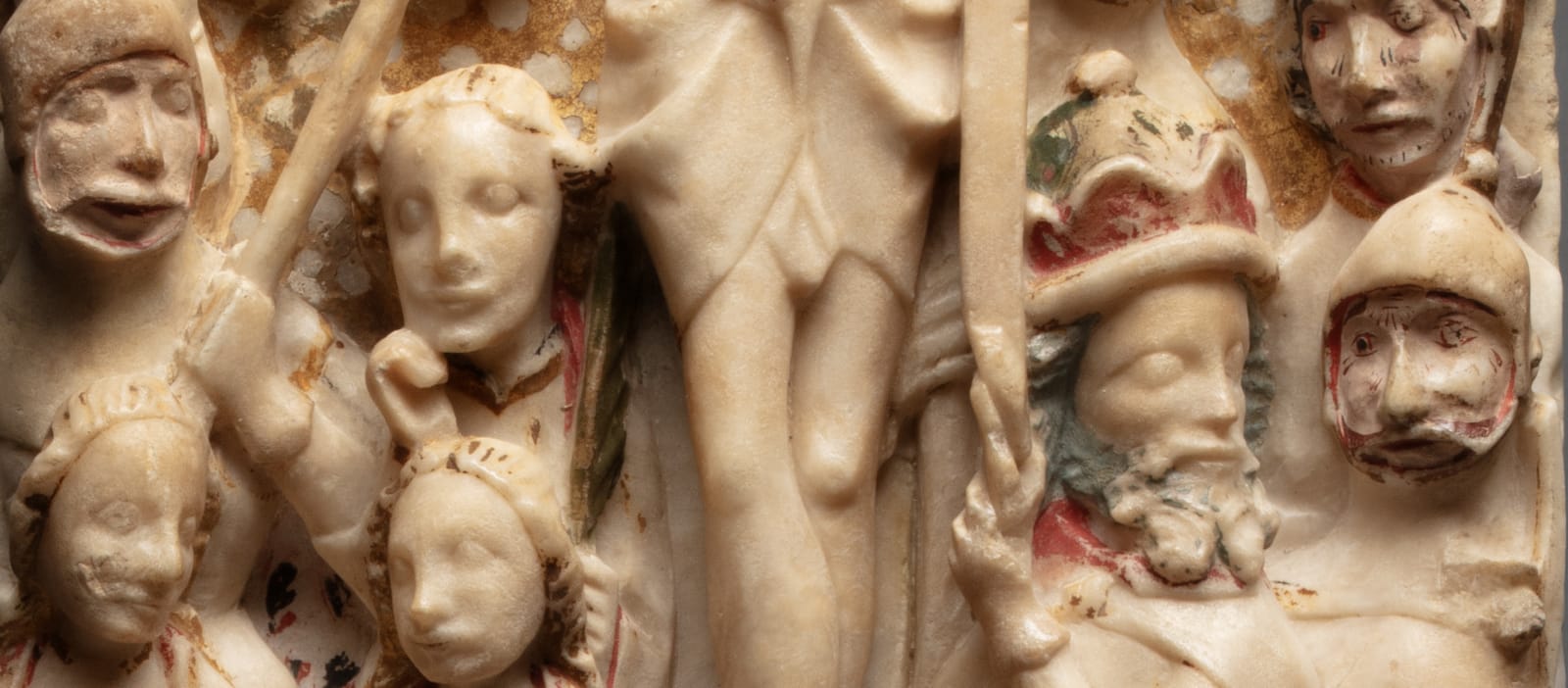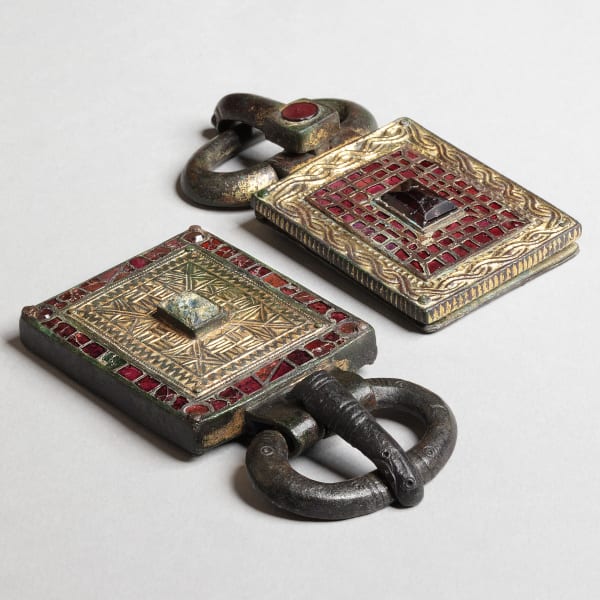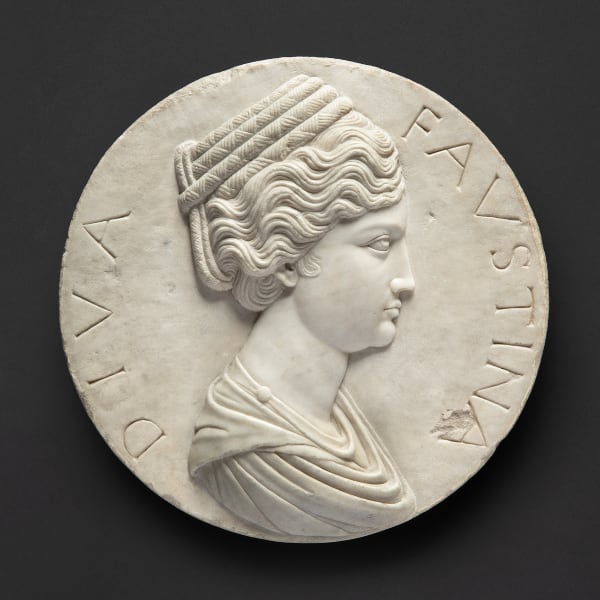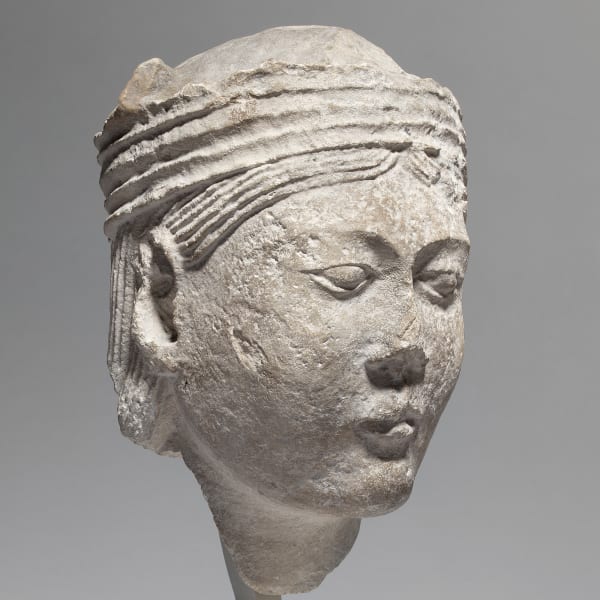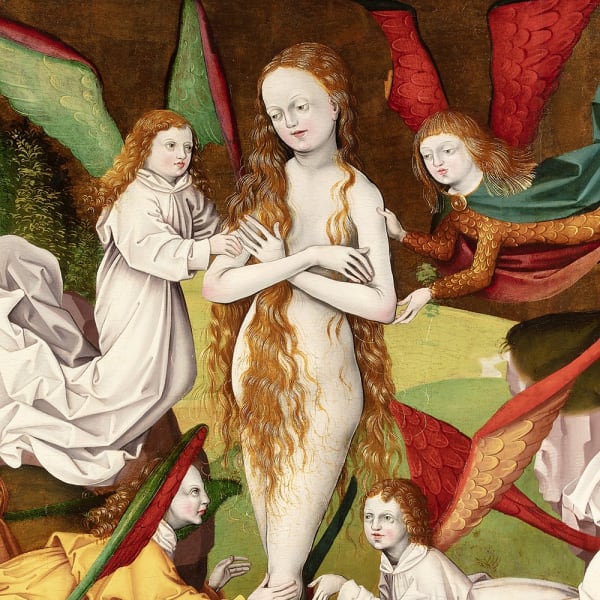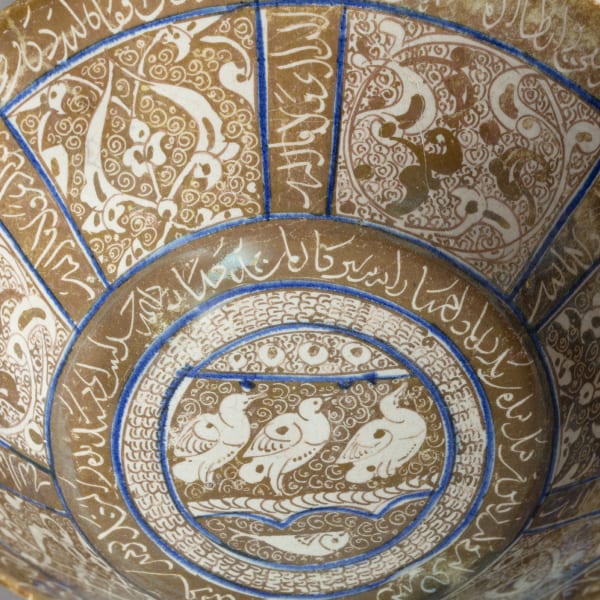
It has been estimated that less than ten percent of all the sculpture produced in medieval England has come down to us. Buildings from high to low were covered in imagery and ornamentation of some form, but iconoclastic zeal and the ravages of time, war, demolition and neglect have all denuded us of this once rich repository. Nevertheless, at least 2,400 alabaster panels sculpted in English workshops have survived from a period spanning c. 1350 to 1540, telling a vivid story of the medium’s extraordinary potential, and its equally extraordinary exploitation at the hands of a widespread community of master sculptors. By the early 1380s, we know that alabaster images were being shipped abroad for a clientele that encompassed Popes, royalty, and Europe’s wealthy noble classes. In fact, the alabaster of central England easily dominated the country’s contribution to the cultural texture of Christian Europe as much as its other luxury artform – Opus Anglicanum – and certainly far more than any other medium utilized by contemporary craftsmen. But during the Henrician reforms of the 1540s, England’s myriad alabaster tombs, altarpieces and devotional statues were torn down almost without exception, and certainly with uncompromising violence. The vast majority were destroyed – often smashed but occasionally burnt as a form of symbolic torture. What was hurriedly buried or hidden from iconoclastic destruction by caring clerics and parishioners has slowly been coming to light ever since, isolated accidents of survival unearthed from church sites or unbricked from walls. In some cases however, images found their way abroad, sold as part of a buoyant export market which sprung up cynically as churches were emptied of their contents. It is telling of the scale of this sudden export boom that while not a single intact alabaster altarpiece has been preserved in situ in an English church, thirty-three survive in France alone, and more are scattered across Europe as far afield as Spain, Iceland, and Italy. Many of these have survived in far better condition than examples still in England.
Alabaster, a fine-grained type of gypsum, is said to be named after the Egyptian town Alabastron. Although gypsum deposits run through large swathes of England and Wales, only a small portion is of a form fine and consistent enough to be worked and polished. Very little is known of the country’s alabaster carvers during the fifteenth century, when the medium really flourished as a sculptural resource. Not a single alabaster relief can be put to a named sculptor or located precisely in terms of its place and date of creation. Tellingly, the whole corpus of surviving reliefs has traditionally been attributed not to individuals at all, but instead to a city – Nottingham. Documents have revealed how the nearby quarries of Tutbury and Chellaston were exploited intensively for their pale treasure, and they have helped reconstruct the image of a thriving industrial centre where alabaster panels were brought to town, handled by agents, carved, painted and framed in large numbers. Writing in the seventeenth century, the first keeper of the Ashmolean Museum Robert Plot noted that alabaster extracted at Chellaston in particular was ‘much esteemed by Artists, it making as good work almost as Marble, upon which account of it is carried hence at a great charge, and made use off in some of the choicest works’. Certainly, a stylistic consistency marks many of the reliefs that have come down to us from the period, and it would be fruitless to try and seek alternative explanations to the discernable continuity of approach fostered in small, tight-knit communities evidently working in close geographic proximity. But so-called ‘Nottingham’ alabasters were also produced in other cities, notably York, Derby, and London, by a large group of skilled alabastermen who may well have travelled for their work, and who evidently dedicated their careers to the medium.
The collection of alabaster images we have brought together spans the years between around 1420 and 1500, a golden period of production fuelled by an extraordinarily energetic national and international market. They help tell the story of a brief – but bright – cultural arc, in the moment of its fullest force.
